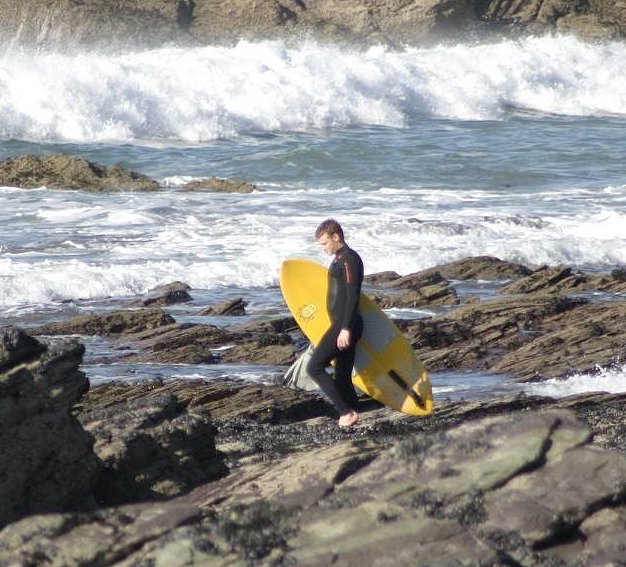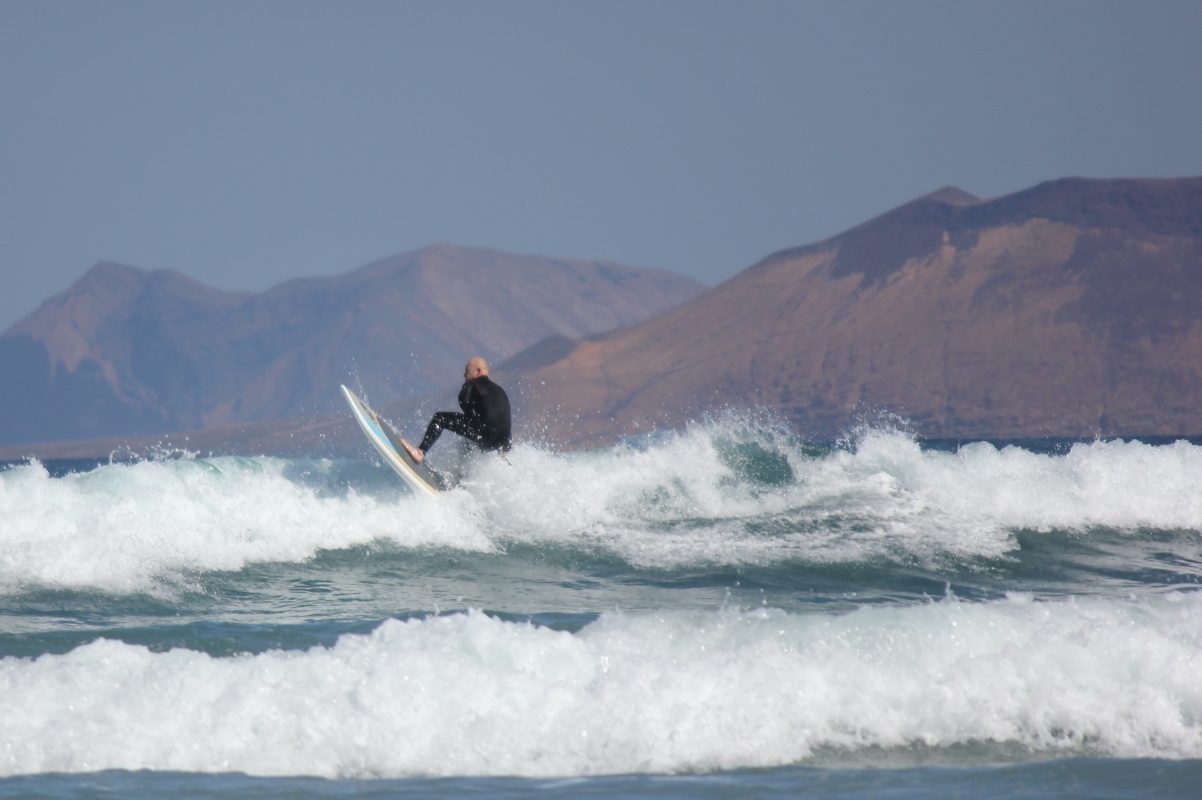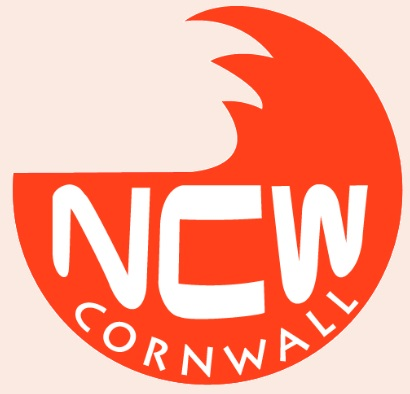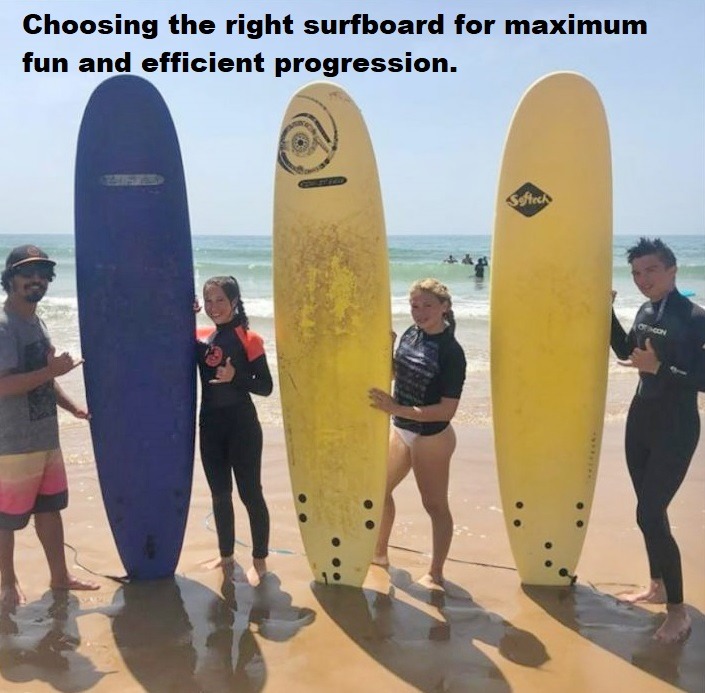Hit up social media for all that bitesize surfing goodness and the overriding thing when it comes to surfing is high performance riding in idyllic locations. Palm fringed white sand beaches with azure coloured water and perfect surf can lead you into believing this is what surfing actually is. For some this may be the case (those who live on far flung Polynesian atolls for instance) but the majority are from the real world. That means fluctuating weather patterns, changeable and inconsistent waves and locations that suffer from crowds – at least during summer. Whilst getting your fair share of waves as a real world UK surfer is possible when you begin you need to be giving yourself every opportunity to develop and progress. Your surfboard, therefore, should be fit for purpose and suit your level (with enough long tail performance built in to see it lasts you a while).
It’s no accident the seemingly humble foam surfboard has been a choice teaching platform of surf instructors for years. Offering lots of float, plenty of stability and providing a soft surface to fall on should you stack it (which will happen often – no matter how accomplished a surfer you are) foamies are great for learning but they’re also pretty good for general messing about in smaller waves. And actually, if we’re being really honest, for the type of surfing that most do it’s a board that’ll provide the fun and frolics you want. It’s why you see a good many experienced surfers riding foamies and soft tops all around UK beaches in summer. Our slacker high season waves are great with a foamie!

When it comes time to grab a spangly new surfboard then issues can arise. Getting to grips with surfing on a foam sled can lead riders to believe they’ve cracked it and require something more performance. All too often a board built for advanced riders. Even though a hard surfboard should be a step up in terms of performance it should remain accessible and not be too dissimilar from what the foamie offered: fun and function without having to be a pro to unlock the board’s true potential.
Going back to the social media aspect and it’s all too easy to fall into the hype/marketing trap and believing what you see and what you’re being sold. Time and again you’ll be led down the garden path as far as surf gear goes – especially boards. ‘You need this one, you need that one. Kelly Slater rides it so you should too!’. This couldn’t be further from what you do actually need.

A good course of action when in the market for a new ‘stick’ is speak to a proper reputable surfboard shaper or surf shop worth their salt. Forget trying to buy on spec off the interweb without discussion. Once you progress and become more experienced you’ll know exactly what you need surfboard wise. But for your first (and in fact the next board as well) having a conflab with someone who knows their onions is gold.
In a nutshell a surfboard that has enough volume (go bigger), enough width, enough length and stability will be your best mate. The board should allow you to paddle comfortably, get outback to the take off efficiently, pick up small to medium waves (max 4ft) with ease and get you in the groove as far as learning how to carve goes. If it’s the wrong board none of this will happen, you’ll spend more time swimming and less time actually surfing.
When you choose your first surfboard make life easy, don’t believe the hype and seek advice from a reputable source. You’ll be glad you did.
Be sure to check out NCW’s Surfing Knowledge pages and Beginner Surfing Guide via the following links –

